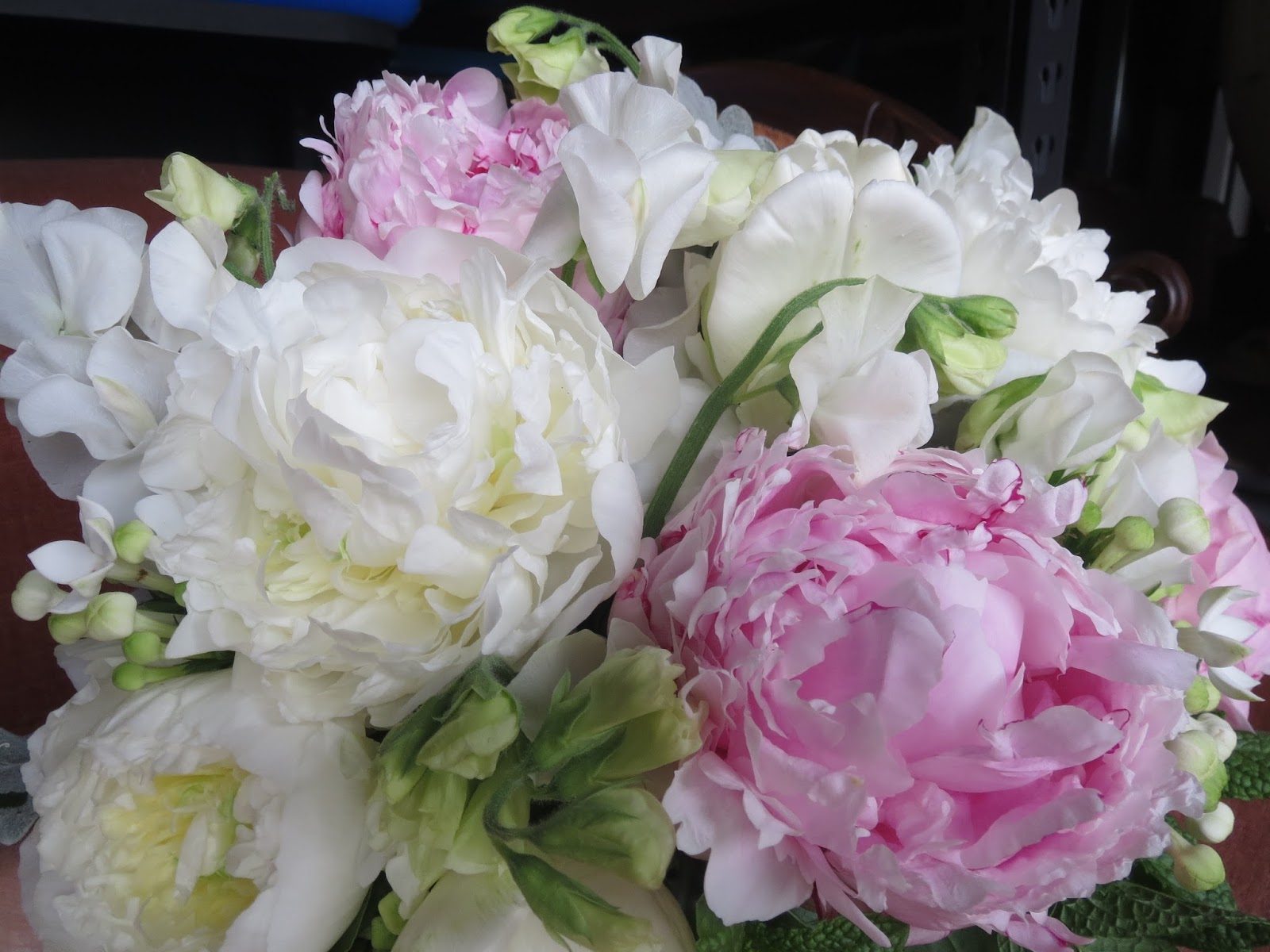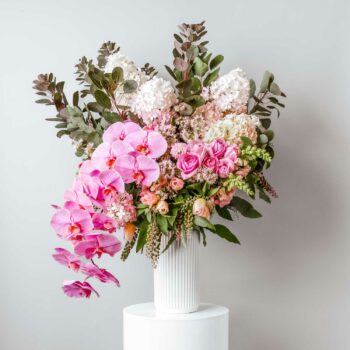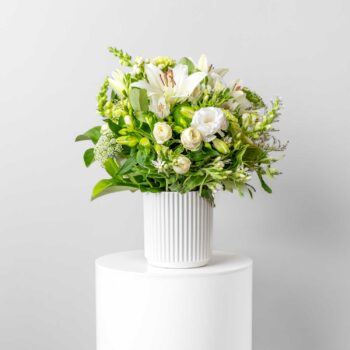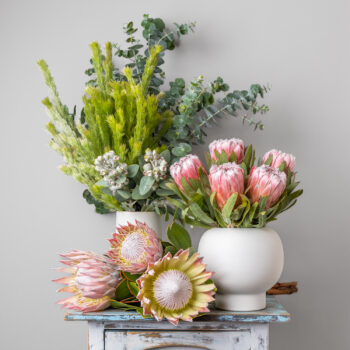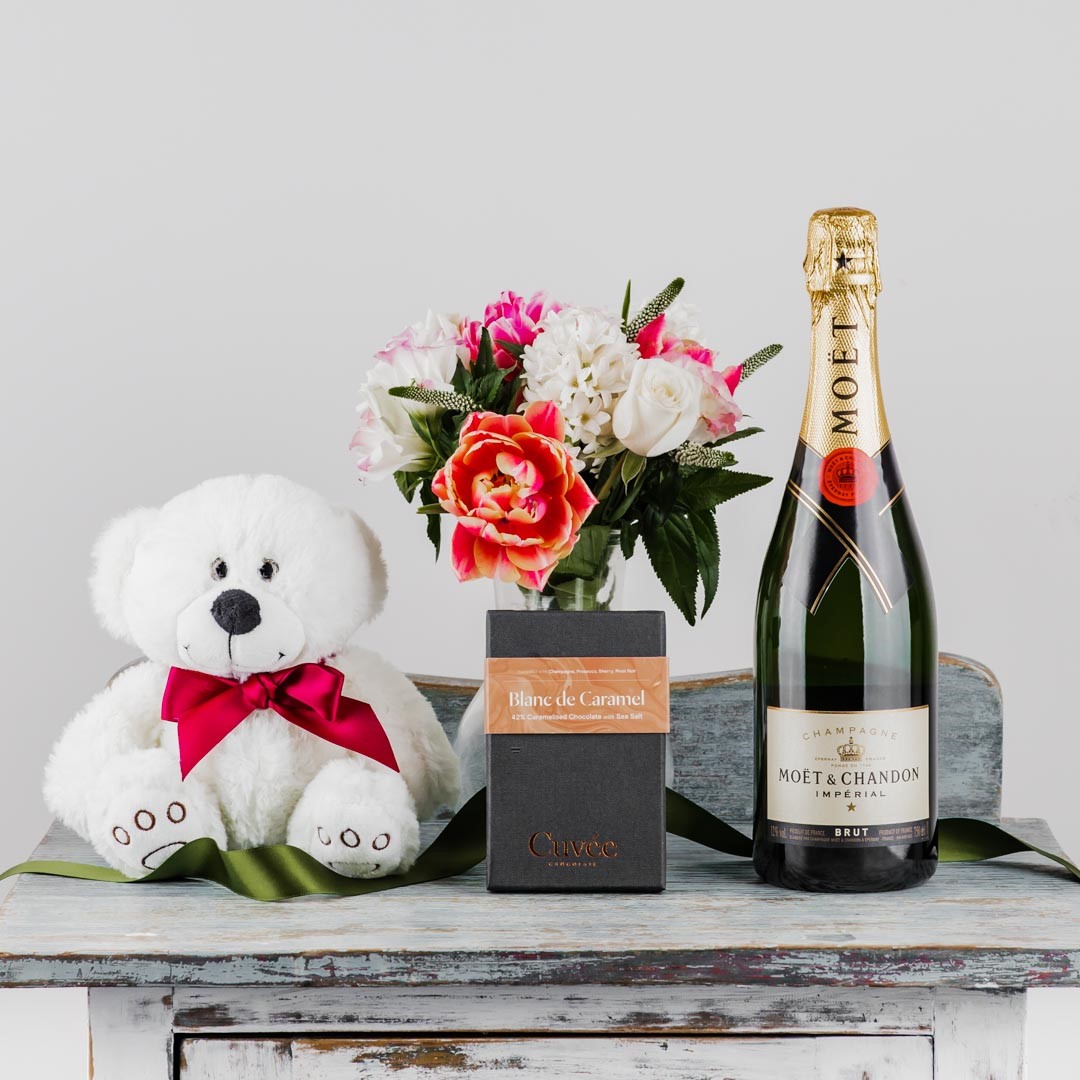Guide to caring for Cut Flowers and Foliage
Before attempting to arrange a collection of flowers and foliage, it is important to spend sometime on giving them the necessary treatment so that they will last longer in the finished arrangement. Below there is a basic guide to taking care of cut flowers and foliage, as we as an indepth explanation on how to take care of various flower types.
General guide to caring for cut flowers and foliage
To ensure flowers stay fresh follow these steps:
- Wash your vase with diluted bleach. You may add a drop of bleach to your vase water so bacteria doesn’t grow in the water. This can affect a flowers longevity.
- Ensure there is no foliage below the vase water line.
- Trim ends of stem on an angle.
- Place stems immediately into water
- Repeat this process every third day
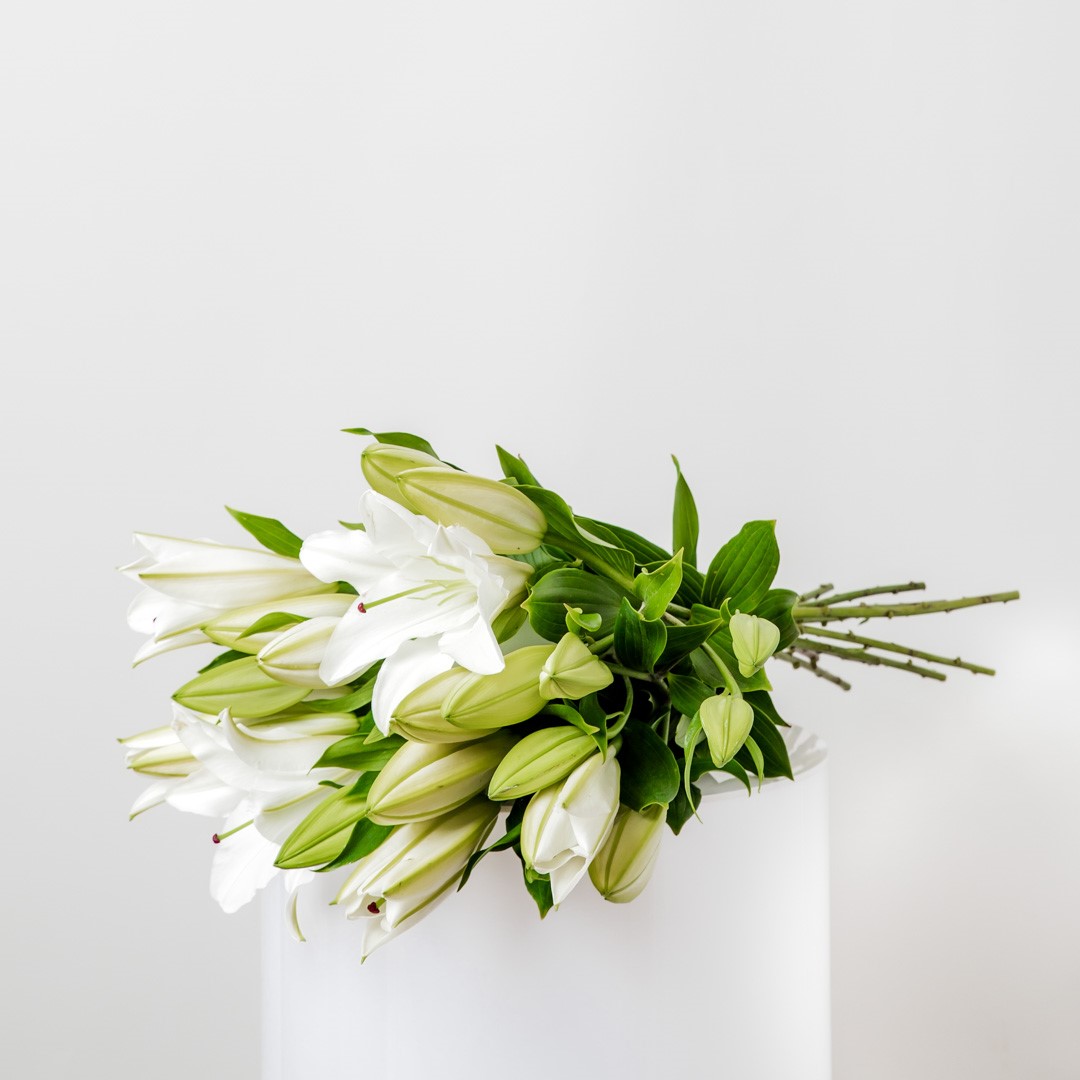
Guide to caring for specific flowers and foliage
All flowers and foliage will benefit if they are given a long deep drink of water in a bucket which has been almost filled with tepid water. First, however, the ends of the stems should be treated so that they will take up water more readily. This preparation is necessary because, after flowers have been cut, the sap at the end of each stem dries quickly and forms a seal.
The following treatments should be carried out both when the flowers are given their initial drink and also, if you need to cut them again, when they are finally arranged. Remember to put them into water immediately after they have been prepared.
Soft stem Flowers
Soft stem flowers, like Tulips, can usually easily up take water. Cut each stem on the slant rather than straight across, as there is a good chance that the flat surface will sit at the bottom of the vase and won’t take up sufficient water. This cannot happen if the stem is cut at an angle, as it rests on the tip of the point. Such a cut will give then a larger area through which the stem can drink.
Hard woody stems
Hard woody stems, for example lilac, dogwood, and chrysanthemums, have greater difficulty absorbing water. Make a slit up the centre of the end of each stem about 2cm. Alternatively, gently tap the ends of the woody stems with a hammer so that the tissue is slightly crushed.
Hollow stem flowers
When hollow stems, like delphinium and lupins, are placed in water their tip ends can turn downwards and this can spoil the look of an arrangement.
To prevent this, turn each flower upside down over the sink and with a small watering-can fill the stem with water. Do this very carefully to avoid air bubbles forming. Then you can either plug the stem with a small piece of florist’s foam (Oasis) or cotton wool and place it in a bucket of tepid water, or simply place your thumb over the bottom of the stem, put it into the water and take your thumb away. The pressure of the water will keep the stem filled with water.
Milky stem flowers
Flowers like euphorbia and poppies give off a milky white substance when cut from the plant. This process is called “bleeding”. These flowers benefit from holding the ends of the stems over a flame, like a match, for few seconds. This stops the bleeding. Protect the flower bloom by covering it with a dampened tissue.
Hellebores and cyclamen flowers
These flowers will last longer if their stems are slit up for about 1-2 cm from the bottom up.
Hydrangea, Violets and young Spring foliage
These flowers and foliage last better if they are completely submerged while being given their initial drink.
Violets take in a great deal of water through their petals, so you can submerge them into water, and spray blooms occasionally.
If Hydrangeas wilt after they have been arranged, they can be revived by placing the flower heads in water. They will take in the water through their bracts and will quickly become refreshed.
Some extra hints on the care of flowers and foliage
It is best to use warm water for the initial drink as flowers seem to accept this more readily and are refreshed quicker than when cold water is used. It is also important that flowers are not left out of water for too long as they wilt quickly. The anemone, hellebore and hydrangea are particularly vulnerable.
Sometimes it is necessary to keep flowers for a time before they are arranged. If this is the case, first treat them, put them in a bucket for their initial drink and then place this in a cool place, preferably on a stone floor. Roses can be rolled tightly in greaseproof paper to stop them opening too quickly.
Tulips are not the easiest flowers to arrange because their stems curve towards the light. The stems can be straightened by rolling them tightly in greaseproof paper and then placing them in deep water.
The water level in the container or vase holding the arrangement should be looked at each day. On the first day it is advisable to look at it night and morning but afterwards once a day should be sufficient provided the room is not excessively hot. When topping up use tepid water as the water in the container can become fairly warm and it is rather a shock to the flowers if they are suddenly given cold water.
Before the flowers and foliage are arranged, the leaves which will be submerged should be removed. If these leaves are left on, the water will quickly smell unpleasant. If the stems are free from foliage the water should stay clean. After about three days, remove the arrangement and wash the vase with diluted bleach. Fill the vase with fresh water. You may add a drop of bleach to the water, so bacteria cannot grow and this will keep the flowers fresh. Re-trim the ends of the stems on an angle and immediately place the arrangement back into the vase.
Get In Touch
For over 20 years we have forged strong relationships with flower growers and wholesalers. We have sourced small niche growers and so you will find some flowers that aayou will only see in our store only.
If you find there is not a flower or foliage listed, let us know and we will endeavour to source it through our extensive network. For example, we have been asked to find organic rose petals to make rose petal sorbet.
Please feel free to get in touch if you want to know what we have in store right now. Here is how you can reach us:
Phone: 03-98131916
Email: [email protected]
Visit Instagram @camberwellmflorist for daily pics of seasonal flowers.


